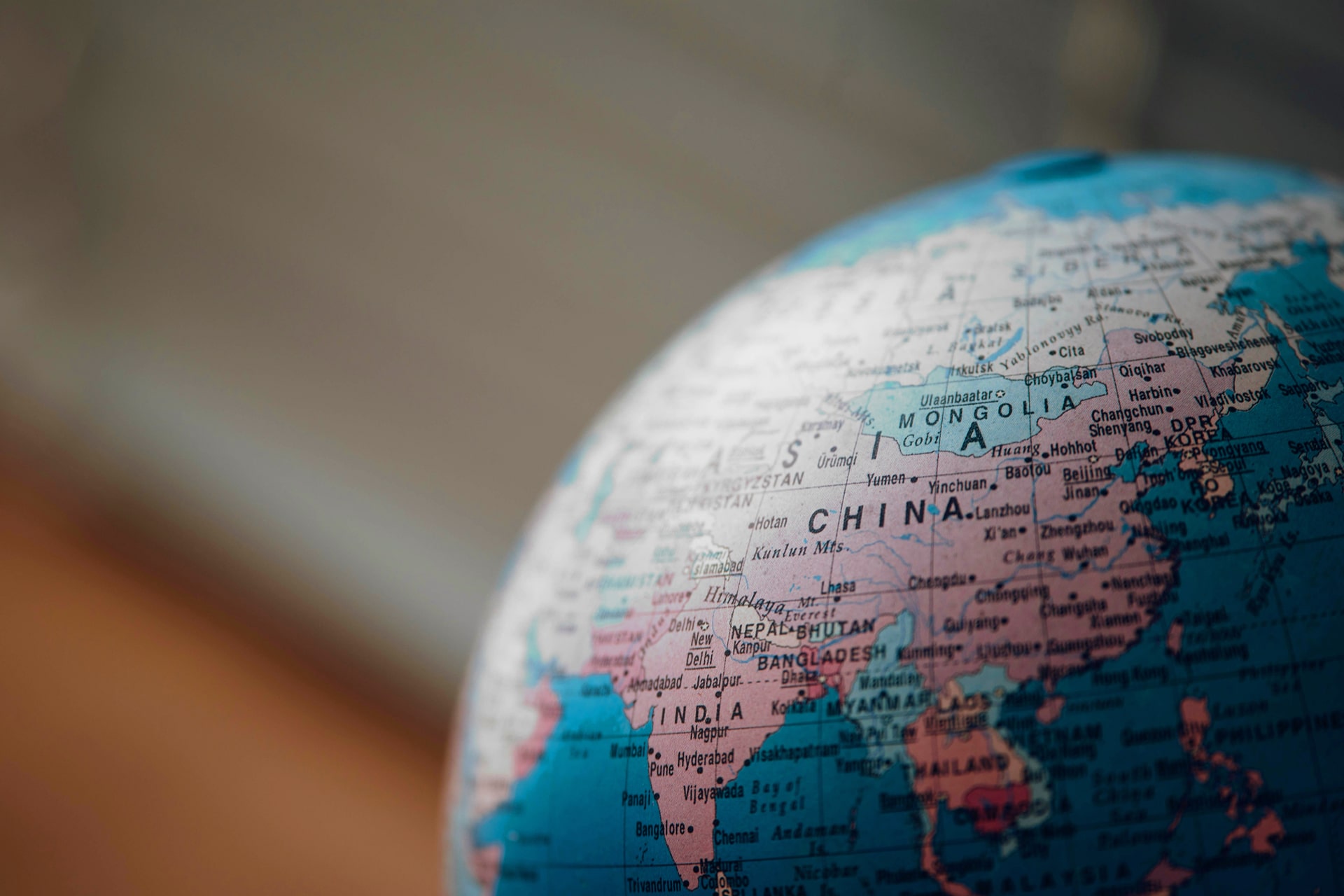The Belt and Road Initiative (BRI), Chinese President Xi Jinping’s signature international infrastructure building program, may have hit snags with some projects, but China’s massive green energy push is helping it gain geopolitical and economic influence.
China is a global leader in developing technology aimed at reducing carbon dioxide and other greenhouse gas emissions. Chinese electric vehicles are increasing their market share in Europe and beyond, while Chinese solar panels and wind turbines are also winning customers worldwide.
Xi unveiled the Belt and Road, China’s modern take on the ancient Silk Road, in 2013. The initiative aims to connect Asia and Europe through railways, ports, and other infrastructure projects, with construction led by Chinese companies. However, some projects have faced challenges, including delays and local protests.
One notable exception to these difficulties is China’s decarbonization push. Chinese manufacturers of EVs are expanding rapidly in Europe. Last year, Chinese EVs captured 19% of the European Union market by unit sales. Transport & Environment, a European think tank, forecasts this share will reach 25% this year.
Concerned about the sharp rise in Chinese EV sales, the European Union imposed additional tariffs in July. EU trade officials allege that Chinese EV makers benefit from massive government subsidies, undermining fair competition.
China’s formidable presence extends beyond EVs: In 2021, Chinese companies accounted for 75% of solar panel production capacity worldwide. In the EU, imported Chinese solar panels accounted for 89% of all units installed last year, compared with just 7% for locally made panels.
Chinese manufacturers have also captured a significant share of the global market for wind turbines. According to the Global Wind Energy Council, an international forum for the wind energy industry, six Chinese companies ranked among the top ten suppliers of wind turbines by global sales last year.
In the first half of 2023, China stepped up investment in solar and wind power projects in developing countries, particularly in Asia and Africa, as part of the BRI. China’s dominance in nearly all related technologies set off alarm bells at the International Energy Agency, which stresses the need to promote supply chain diversification.
One factor contributing to China’s success in developing decarbonization technology and products is its large domestic market. Intense competition among Chinese manufacturers over cost and technology has driven innovation. Additionally, the government has actively promoted renewable energy, gradually transforming the country’s power mix.
According to China’s National Energy Administration and other sources, renewables made up 50% of the nation’s power generation capacity in 2023, an increase of 21 percentage points from a decade earlier, surpassing the share of coal and other fossil fuels. While renewables include hydropower and other sources, it is solar and wind power that have driven this growth. Renewables generated 30% of China’s total electricity output, compared with just over 20% in Japan and the US.
China “could become energy self-sufficient by 2060,” said US investment bank Goldman Sachs in a March 2023 report.
In fact, China’s carbon emissions may be reaching their peak, thanks to a sharp increase in renewable energy. “China is likely still on track to begin a structural decline in emissions in 2024,” according to a report by Carbon Brief, a UK-based website that analyzes climate change issues.
China, the world’s largest carbon emitter, has pledged to curb its emissions growth by 2030. With a significant rise in investments in renewables and energy efficiency, the country may achieve this goal ahead of schedule. However, international pressure on China could grow, as some experts argue its current pace of emissions reduction is insufficient to meet the Paris Agreement’s target of carbon neutrality by 2050.
China’s expanding role in decarbonization has increased its influence over the industrial policies of others, particularly in developing and emerging economies. There is concern that, if Beijing gains sway in these nations, it could undermine the power of the US and Europe, thereby enhancing China’s geopolitical standing globally.
This article first appeared on Nikkei Asia. It has been republished here as part of 36Kr’s ongoing partnership with Nikkei.





